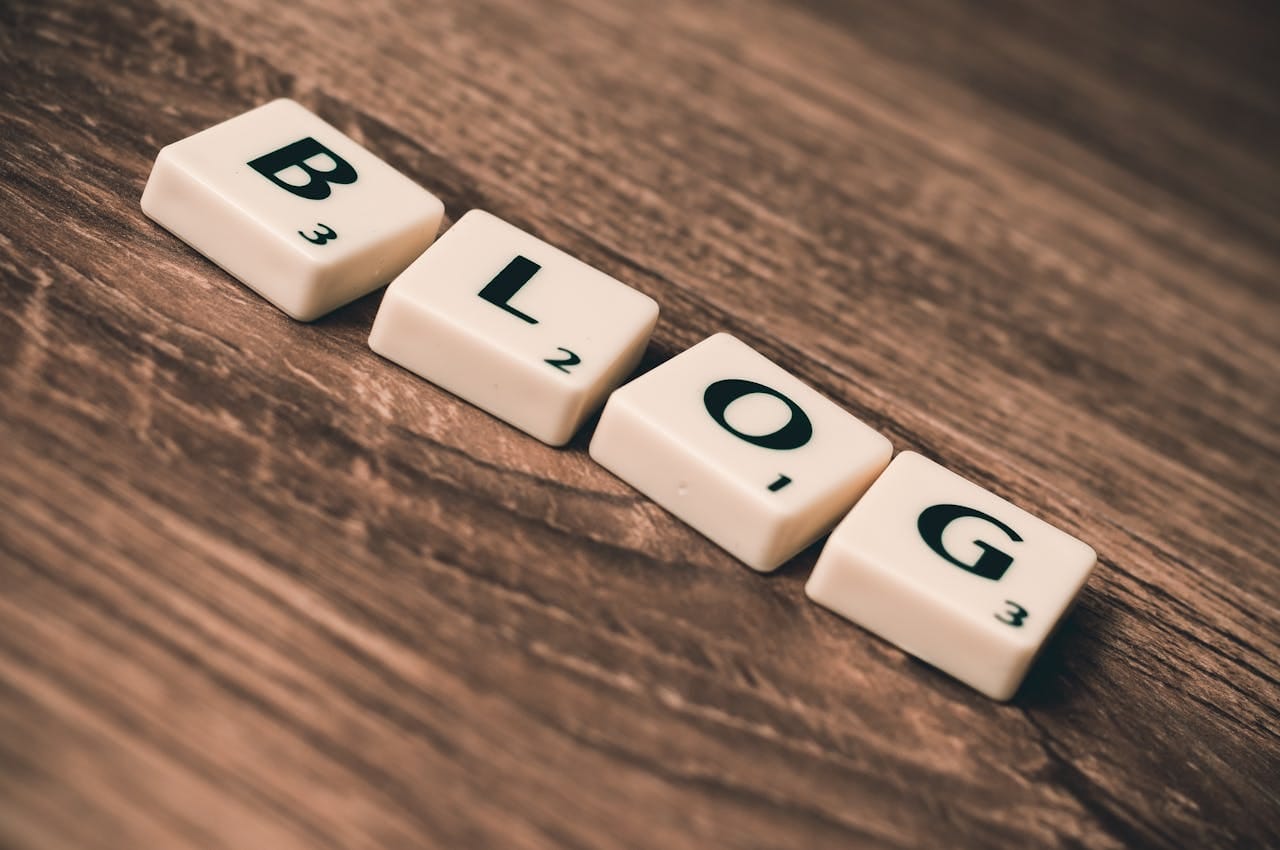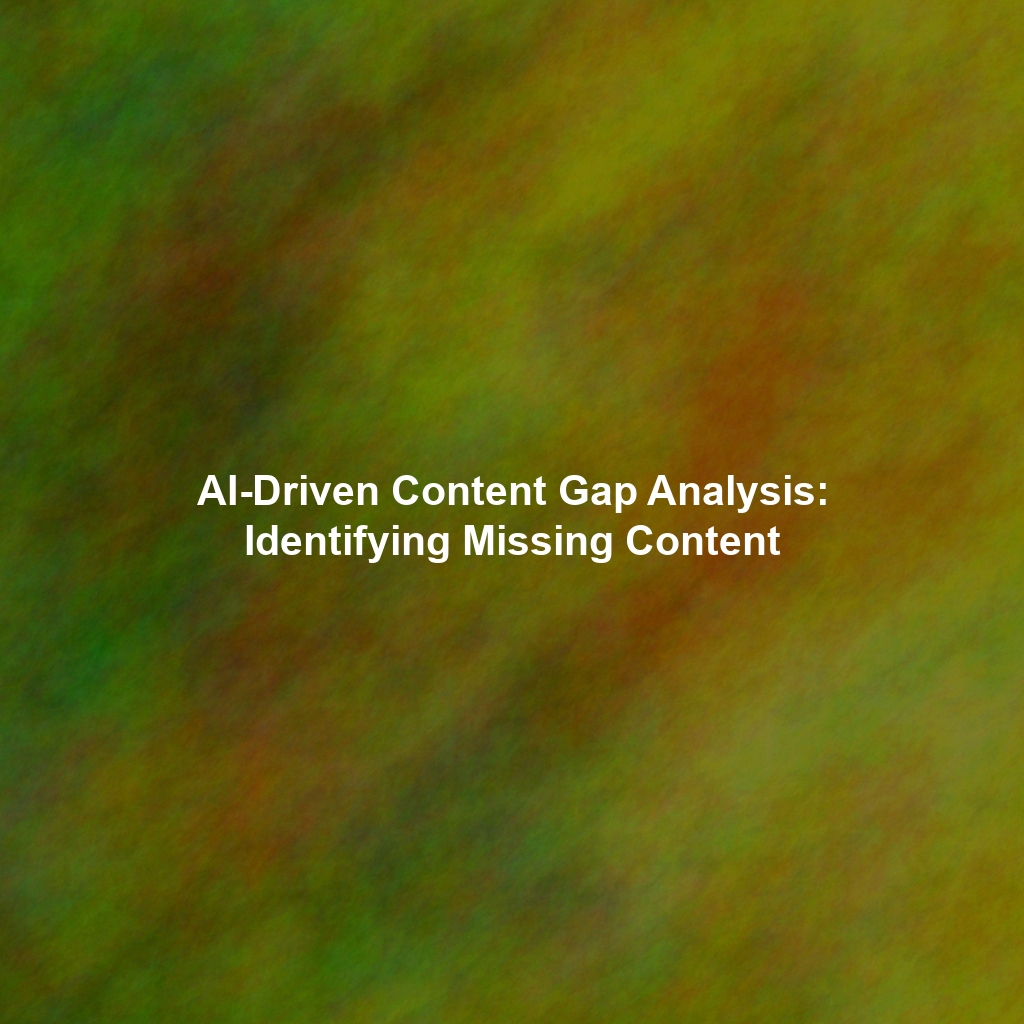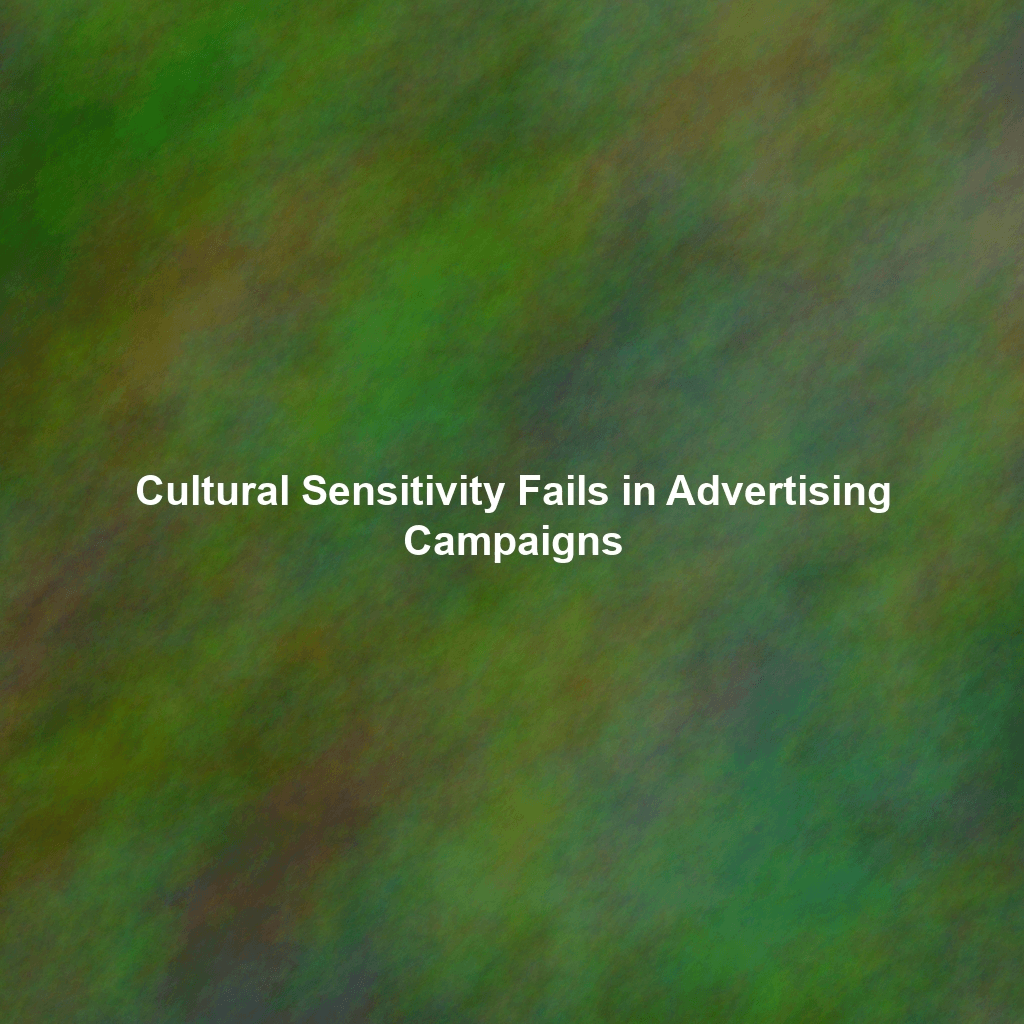In today’s digital landscape, attention is the ultimate currency. We’re bombarded with information from every direction, making it increasingly difficult to capture and maintain an audience’s focus. To truly succeed in this “attention economy,” content creators must understand the underlying neuroscience of how we pay attention. This article delves into the psychological and neurological principles that govern attention, providing practical strategies to craft content that not only grabs attention but also resonates and sticks with your audience long after they’ve finished reading, watching, or listening.
Understanding the Neuroscience of Attention
Attention isn’t a single, monolithic entity. It’s a complex interplay of cognitive processes, involving various brain regions and neurotransmitters. Key principles to consider include:
Cognitive Load: The Burden on Our Brains
Cognitive load refers to the amount of mental effort required to process information. High cognitive load leads to fatigue and disengagement. Content should be designed to minimize cognitive load by:
- Using clear and concise language: Avoid jargon and complex sentence structures.
- Breaking down information: Use headings, subheadings, bullet points, and visuals to segment content into digestible chunks.
- Providing context: Connect new information to existing knowledge to make it easier to understand.
Imagine reading a dense academic paper versus a well-structured blog post. The blog post, with its clear headings and visuals, significantly reduces cognitive load and keeps the reader engaged.
Emotional Triggers: Hooking the Audience’s Interest
Our brains are wired to pay attention to emotionally relevant information. Content that evokes emotions, whether positive or negative (within ethical boundaries), is more likely to capture and hold attention. Emotional triggers can include:
- Stories: Narratives are inherently engaging because they activate multiple brain regions and create emotional connections.
- Humor: Laughter releases dopamine, a neurotransmitter associated with pleasure and reward, making content more memorable.
- Surprise: Novel or unexpected information grabs our attention because it signals a potential threat or opportunity.
- Empathy: Content that acknowledges and validates the audience’s feelings fosters a sense of connection and trust.
A compelling example is the use of customer testimonials in marketing. Hearing a relatable story about how a product or service solved a problem can evoke empathy and build trust, making the content more persuasive.
Pattern Recognition: Making Sense of the World
Our brains are constantly searching for patterns to simplify and predict our environment. Content that leverages pattern recognition is easier to process and remember. This can be achieved through:
- Consistent branding: Using consistent colors, fonts, and imagery creates a recognizable brand identity that consumers quickly associate with your content.
- Predictable layouts: Following established design conventions (e.g., placing navigation menus at the top of the page) makes it easier for users to find what they’re looking for.
- Rhyme and rhythm: Using rhyme and rhythm in slogans or headlines makes them more memorable and engaging.
Consider the power of a jingle. The repetitive melody and lyrics make it incredibly easy to remember, even after hearing it only a few times.
Applying Neuroscience to Content Creation: Practical Strategies
Understanding the neuroscience of attention is crucial, but applying it effectively is what truly matters. Here are some practical strategies you can implement:
Crafting Compelling Headlines: The First Impression
Headlines are the gateway to your content. They must be attention-grabbing and clearly communicate the value proposition. Use:
- Numbers: “5 Ways to…” or “10 Tips for…”
- Power words: “Secret,” “Powerful,” “Unleash,” “Transform”
- Questions: “Are You Making These Mistakes?”
- Intrigue: “The Shocking Truth About…”
Visually Appealing Layouts: Guiding the Eye
Visuals are processed much faster than text. Use images, videos, and infographics to break up text, illustrate concepts, and add visual interest. Ensure:
- High-quality visuals: Use professional-looking images and videos that are relevant to your content.
- White space: Don’t overcrowd your content. Use white space to create visual breathing room and improve readability.
- Clear hierarchy: Use headings, subheadings, and bullet points to create a clear visual hierarchy that guides the reader through the content.
Story-Driven Narratives: Connecting on a Deeper Level
Stories are a powerful way to engage audiences and make your content more memorable. Incorporate:
- Relatable characters: Create characters that your audience can identify with.
- Compelling plots: Develop a plot that is engaging and keeps the audience wanting to know what happens next.
- Emotional resonance: Evoke emotions that connect with the audience on a personal level.
Think of the success of TED Talks. They often feature personal stories that illustrate complex concepts, making them both informative and emotionally engaging.
Examples of Content That Works
Let’s examine some examples of content that effectively leverages the principles of neuroscience:
- Dollar Shave Club Videos:** Their viral video used humor and a relatable problem (expensive razors) to grab attention and create a memorable brand experience. This reduces cognitive load through humor and simple messaging.
- Apple’s Product Launches:** Apple masterfully builds anticipation and creates a sense of excitement around its product launches. This leverages the surprise and emotional connection associated with new technology.
- The “Old Spice Guy” Commercials:** These commercials used humor and unexpected visuals to stand out from the competition and create a memorable brand image. The novelty and absurdity trigger attention.
Conclusion
In the attention economy, understanding the neuroscience of attention is no longer a luxury, but a necessity. By applying the principles of cognitive load reduction, emotional triggering, and pattern recognition, you can craft content that not only captures attention but also resonates with your audience on a deeper level. By focusing on creating clear, engaging, and emotionally resonant content, you can cut through the noise and build a loyal audience that will keep coming back for more. So, embrace the power of neuroscience and start creating content that truly sticks.
 Skip to content
Skip to content
